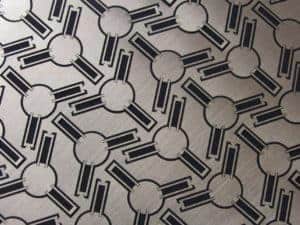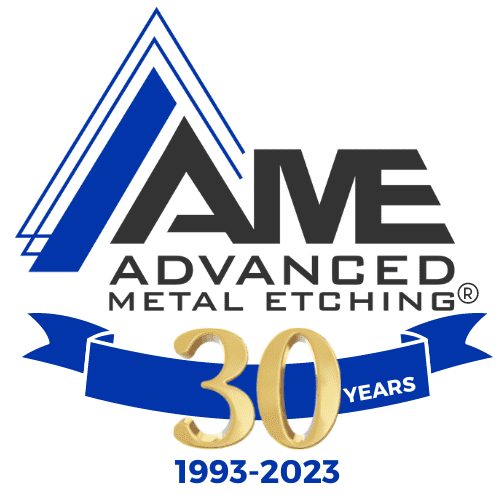Reduce Cost & Meet Requirements
The photochemical machining process begins with our experienced tooling engineers reviewing a part’s dimensions per customer file or print and then creating tooling for production that will maintain the part's dimensions and tolerances.
The goal is to create tooling that will yield the highest number of parts per sheet to save you time and money. Generally, the more sheets required, the higher cost due to labor. There are many factors that our technical staff will consider in the tooling and chemical etching production process. For more information on how to reduce costs, read 5 Ways to Lower Photo Etching Costs.
How To Achieve The Lowest Tolerances
Part tolerances are relational to the metal thickness and are necessary factors to consider when determining sheet size. For example, thicker material and tighter tolerances will require a smaller sheet yielding fewer pieces. Conversely, thinner metal with an extended range of tolerances will increase sheet size and part pieces.
The tooling engineer's knowledge of photo etching techniques will determine if any tooling adjustments are needed to achieve the lowest tolerances. For example, to allow for lateral etching adjustments in the etching process for special features such as slots, holes, numbers/letters, logos or decorative designs, the tooling will slightly differ from the original print.
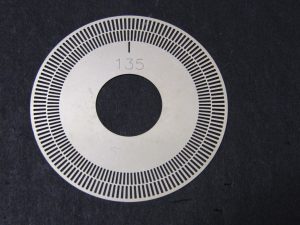
Material Selection
We have a broad knowledge of metals regarding its etching capabilities, thickness, temper, conductivity, formability, stress resistance, and its importance to a specific industry’s products. Therefore, the tooling engineer can assist you with your metal selection to achieve your desired dimensions and tolerances.
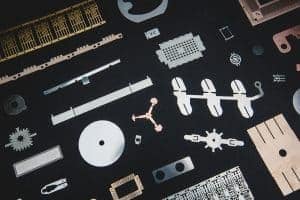
Protruding Or Recessed Tabs
When it is necessary for parts to remain in the sheet for easier transportation, a protruding tab is added onto the tooling. Although the addition of a metal tab will secure the part to the metal frame, it can leave a slight burr when twisted or clipped off. Of course, this is only acceptable if it will not affect the part's function.
On the other hand, if a part needs to remain in the sheet and burr-free, recessed tabbing is added into the tooling design. This type of tabbing will ensure that the outer diameter of the part will remain clean after its removal from the metal sheet.
